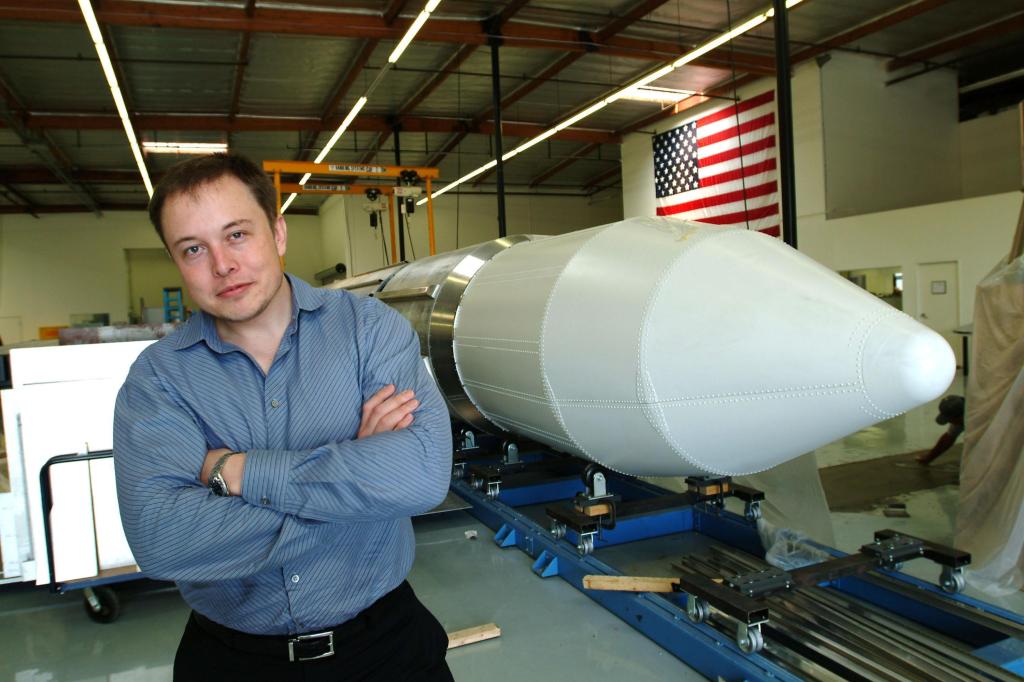Tuesday was the last day for contractors to submit proposals for President Trump’s now infamous border wall, and it was expected that the Department of Homeland Security would receive upward of 400 proposals.
As might be expected, these plans, some of which were shared exclusively with the San Diego Union Tribune, ranged from the overly optimistic (a wall made of solar panels) to the farcical (a wall of artists standing around redrawing border lines). Yet there was one proposal in particular that defied easy categorization: a wall that consisted of a chain link fence and a trench filled with nuclear waste.
Videos by VICE
At first glance, it would seem that this must be a hoax, some wise-guy trying to pull a fast one on ‘ol Donny, or perhaps an homage from a die hard Infinite Jest fan. This is a sensible reaction, especially considering that the concept drawing looks as though it was drawn up in Microsoft Paint in about 10 minutes. In any case, we decided to take the proposal in good faith and investigated whether building a wall of nuclear waste is at all feasible or advisable.
The proposal was reportedly given by a Pittsburgh-based contractor called Clayton Industries, which according to available documentation was incorporated in 2008 by someone named Christian Clayton. I tried to get in touch with Clayton on multiple occasions to find out what motivated this crazy wall proposal, but my calls and emails were never returned.
The only clue to the legitimacy of the proposal was Clayton’s brutalist website, which states that “the company was formulated to institute comprehensive manufacturing practices and to eliminate the cut-rate manufacturing decisions, along with poor design with no accountability measures in place.” This suggests that Clayton either has a great sense of humor and is trolling everyone with his border wall plan, or has absolutely no concept of irony.
Based on the limited details available, the wall would consist of a chain link fence on the Mexican side of the border, a trench that is at least 100 feet deep filled with “holding cells for nuclear waste processing,” some railroad tracks, and a 30-foot wall that is powered by an optional “waste to energy platform.”
While we commend Clayton’s progressive stance on renewable energy embodied in his waste to energy platform, pretty much everything else about the plan isn’t so hot.
According to Victor Baker, a professor of planetary surfaces at the University of Arizona who has made a career out of studying nuclear waste storage and disposal, some of the most important factors to consider are proximity to humans and local geology. Most nuclear waste produced by the 99 nuclear power reactors in the US is temporarily stored in facilities that are far away from human populations, and any proposal to open permanent underground storage facilities even remotely close to human populations have historically been met with strong political resistance. Considering that nearly 12 million people live near the US-Mexico border, turning the region into a 3000-mile long radioactive waste storage facility probably wouldn’t fly.
“Sites picked for nuclear activities were picked to be away from people,” Baker told me in a phone call. “This is a very political process. If you just ask the public, ‘Do you want these nuclear wastes near you?’ Your answer would of course be ‘No.’”
Then there’s the geology factor. There are several major rivers that cross the US-Mexico border (the Rio Grande, Tijuana, Santa Cruz and Colorado rivers, to name just a few), all of which would be at risk of carrying radioactive material into and out of the US.
More troubling, however, is the massive basin and range province west of the Rio Grande, which lies on top of a large groundwater bodies that extend far into both the US and Mexico. If there was any sort of contamination of this groundwater with radioactive material, it could devolve into a major humanitarian crisis for both Americans and Mexicans in the area.
“Nature doesn’t care about a border,” said Baker. “If you were thinking of the best place to store nuclear waste, you wouldn’t do it on the basis of an arbitrary thing [like a national border], you’d do it by understanding the geology.”
Storing nuclear waste is an incredibly complex scientific and political issue that won’t be resolved by digging a massive trench on the US-Mexico border. A far better solution might be the proposal that takes the migration of wildlife into account by allowing a four-inch gap under the wall for the free flow of animal traffic. Or just paying a bunch of people to stand along the border shoulder to shoulder. Or, dare I say it, not building a wall at all.
Subscribe to pluspluspodcast , Motherboard’s new show about the people and machines that are building our future.




